RICER Principle
What is a RICER Principle?
Rest, ice, compression, elevation, and referral are represented by the letters R, I, C, E, R, in that order. This technique reduces pain and swelling to aid in the healing process. RICER first aid refers to the techniques used to treat acute soft tissue injuries.
Following the RICER first aid procedure can help reduce swelling and speed up the healing process for soft tissue injuries. To lessen pain and promote recovery, first aid should be administered as quickly as possible to someone who suffered an acute soft tissue injury, such as a sprained ankle or knee.
Rest
The main objective of the healing process for any soft tissue damage is to minimize edema and bleeding. Restricting movement and, in some cases, immobilizing the injured area is one of the most basic ways to stop more injuries and promote healing.
Ice
One strategy to reduce tissue metabolism is to apply cold to the injured regions. It could cause blood vessels to constrict, limiting blood flow and reducing edema. In addition, cold can temporarily dull pain.
Make sure that too much cooling is not applied directly to the skin to lower the risk of burns. Applying ice is typically a wise first step for treating common injuries like a sprained ankle, hamstring strain, or rotator cuff tear.
Compression
Applying pressure to an area that is swollen can directly alter it. Bandaging the injured region may help to lessen the amount of bleeding that occurs in an unknown location.
Any compressive bandage should be applied carefully and firmly to avoid restricting the affected area’s natural circulation.
Elevation
Elevating the injured area will also help to reduce the amount of fluid that collects thereby reducing the force of gravity. When it comes to foot or leg problems, a straightforward place to start is by using pillows to raise the affected area above the level of the pelvis.
Refer
For the damaged area to be checked, send the injured person to a doctor or other medical specialist. This is especially important if the injury is serious, continues to occur, or is accompanied by unusual symptoms like tingling, numbness, or loss of movement.
If the R.I.C.E.R. protocol is followed, acute soft tissue injuries can recover more quickly and with less pain and edema. To ensure proper management and avoid complications, it is essential to seek medical assistance if the damage is severe or continuous.
Joints
The places in the body where two or more bones join are called joints. They give our bodies the range and flexibility we need to perform a variety of activities, including walking, running, and lifting objects.
Joints can be classified into three main categories according to the degree of mobility they allow immobile joints (synarthrosis), joints that are marginally mobile (amphiarthrosis), and joints that are freely movable (diarthrosis).
The synovial joint, which lubricates and supports the joint, is the most prevalent form of joint in the body. It can be identified by a synovial fluid-filled joint capsule. Each kind of synovial joint in our body, such as hinge, ball-and-socket, and pivot joints, has a unique range of motion and structure. A balanced diet, frequent exercise, and proper joint care can help preserve healthy joints, which are essential to overall physical health.
Common Joint Injuries
Joint injuries are rather common and can be caused by a variety of factors, such as overuse, trauma, and degeneration. For the treatment of some common injuries, RICER is essential. The most common joint injuries that call for RICER care include soft tissue injuries, fractures, sprains, strains, and dislocations. Nevertheless, you need to be familiar with the most common sports injuries in Australia and be prepared to provide first aid to correctly evaluate and treat each situation.
To ensure a thorough recovery from joint injuries and prevent long-term injury, apply RICER as soon as possible. Joint injuries can cause a wide range of symptoms, such as pain, swelling, stiffness, and limited mobility.
Treatment usually consists of rest, ice, compression, elevation, pain medication, and physical therapy, depending on the severity. Remember that RICER is the key to treating joint injuries successfully and preventing more damage.
Signs And Symptoms Of Dislocations
A dislocation often occurs when a bone is forced within a joint out of its normal alignment. Depending on the extent of the dislocation and the location of the damage, several dislocation symptoms may appear. However, a few common indications and symptoms include
- Pain: Dislocations typically cause painful, sudden pain, sometimes without much notice. Moving or exerting pressure will usually exacerbate the situation.
- Swelling: Dislocations can cause damage to the soft tissues, tendons, and ligaments around the joint, which can lead to bruising and edema.
- Deformity: A noticeable deformity or misalignment may be present in a misplaced joint. There may occasionally be a noticeable bulge or protrusion where the bone has moved from its normal place.
- Limited range of motion: A dislocation may cause immobility in the affected joint. There are two possible sensations for the joint: tight and difficult to move, or loose and unstable.
- Numbness or tingling: Sometimes, dislocations cause nerve damage, which causes the affected limb to become weak, numb, or tingly.
- Weakness: Dislocations may produce weakness or instability in the affected joint, which can make it difficult to lift weight or perform daily duties.
Management Of Dislocations
To treat a dislocated joint, reduce pain and swelling, and promote healthy healing, apply RICER first aid right away. Sometimes imaging tests, such as MRIs or X-rays, are necessary to assess the extent of the damage and choose the best course of action. A prescription for painkillers may be given to reduce pain, and an ice pack or cold compress can be used to reduce swelling.
Once the joint has been straightened, it is critical to immobilize the injured area with a cast, brace, or sling to promote healing and prevent further injury. Ensure that the affected area remains elevated. Physical therapy and rehabilitation, which includes activities to help restore the injured joint’s strength, function, and range of motion, may also be recommended.
If surgery is necessary to repair any damage to the joint or surrounding tissues and to speed the healing process, you must see a specialist. Remember that RICER is the secret to managing a displaced joint and ensuring a full recovery.
Sprains And Strains
A sprain results from stretching or damage to a ligament, which is the tissue that connects bones, whereas a strain occurs when a muscle or tendon is strained or torn. Dislocations happen when a bone moves out of its normal position within a joint, whereas fractures are the breaking of bones within a joint.
Signs And Symptoms For Strains And Sprains
Sprains and strains are frequent injuries that can happen to anyone, even non-athletes. The symptoms of a strain or sprain might vary depending on how bad the injury is. However, a few common signs are
- Aches: Sprains and strains can result in anything from mild pain to severe pain, depending on the severity of the injury.
- Swelling: The region may feel sore and swollen.
- Stiffness: It may appear hard to work with and feel firm.
- Bruising: Bruising or discoloration may be seen at the site of the injury.
- Limited range of motion: The affected part may have a limited range of motion or be uncomfortable to move.
- Weakness: It might appear light or weak, making it difficult to use or bear weight in that region.
Because strains and sprains can range in severity from moderate to severe and require time to recover, it is advisable to see a doctor if symptoms increase. Early detection and efficient treatment of injuries can prevent further damage and speed up the healing process. Remember that if you believe you may have a strain or sprain, you should use RICER immediately and see a physician.
Management Of Strains And Sprains RICER Treatment
The letters RICER stand for rest, ice, compression, elevation, and referral. The first line of defense against more damage and in favor of healing is to rest the affected area.
The second step is to apply ice or a cold compress to the affected area for 20 minutes every two to three hours to reduce swelling and pain. Compression should be used with a bandage or wrap to support the wounded area and reduce swelling. The affected limb or area should be elevated above the heart to reduce swelling.
For strains and sprains, quick RICER is necessary to ensure a thorough recovery and prevent further injuries.
Soft Tissue Injuries
The tendons, ligaments, and muscles that make up the human body are referred to as “soft tissue”. These tissues are prone to aging, trauma, and misuse. These injuries may cause soreness, edema, and a limited range of motion. Sprains, fractures, and strains are examples of acute soft tissue injuries. Soft tissue injuries can range in severity from minor to severe, requiring more time to heal.
When treating soft tissue damage, RICER first aid—which includes rest, ice, compression, elevation, and referral to a trained medical professional—is typically required. Developing a plan of care and getting medical help as soon as possible to have your injury assessed can help guarantee proper healing and prevent further injuries.
Should POLICER Replace RICER
Treating injuries as quickly as feasible has been the main objective of RICER. Rest, ice, compression, elevation, and referral are represented by the letters RICER. After an injury, that is always the first thing a patient is told. It is advised that patients avoid physical exercise.
Next, they apply cold to the wound and compress the region with a bandage or compression garment. After that, the body part is lifted. The blood can then be returned to the heart by gravity.
The last step is to ask a health professional for a referral. Resting and removing all weight from the affected part of the body are recommended by the RICER concept. People are designed to be active; extended periods of inactivity are disliked by the body. An innovative method of post-injury first therapy is gaining traction.
It is now appropriate for us to put into effect POLICER, a new policy. Protect, optimal loading, ice, compression, elevation, and referral are all referred to as POLICER. Most of the concepts underlying the two approaches are similar, with the notable exception of the rest in POLICER. Is it time for POLICER to replace RICER? These are our opinions.
Rest vs Optimal Loading
After an accident, people often assume that the injured part has to rest completely. It could have difficult consequences down the road. The human body is quite efficient in terms of growth. It is always focused on making us stronger in the areas in which we work. For example, the cross-sectional area of a professional baseball pitcher’s throwing humerus (arm bone) is twice that of their non-throwing arm. Their throwing arm uses more force than their non-throwing arm, which explains why. Over time, the arm has been strengthened by the body’s experience of passing stress through it.
The opposing arm stays intact since there isn’t enough tension in it to call for more strength. Strengthening that arm doesn’t take up any energy for the body. If the pitcher chooses to start with their other arm, the opposite would happen. Their old throwing arm would get smaller and one arm would get larger. Another example would be working out in the gym.
Lifting heavy weights destroys microscopic holes in your muscles, which is why you always feel pain after working out. Lifting weights becomes simpler since the body produces more muscle as a result of these micro tears.
The Effect
When an injury occurs, it is essential to take all of this into account. When someone has an injury, their body may recover the damaged area if they take a complete rest from exerting themselves or straining. However, because of the complete relaxation, the body would likely weaken the surrounding bones, ligaments, and muscles.
This can delay a return to sports and significantly complicate the wounded site’s recovery. The idea of optimal loading as opposed to rest is solid because the body still needs the load to maintain function.
Conclusion
In conclusion, the RICER concept offers a structured and methodical approach to treating acute injuries, emphasizing the importance of immediate attention, protecting the injured area, and allowing for a gradual return to activity based on the level of pain and tolerance.
However, it’s essential to provide care based on the specific kind and extent of the damage as well as each patient’s response to treatment. Speak with a healthcare provider for correct assessment and RICER principle-based management of acute injuries.
FAQ
What is the ricer management plan?
Proper rest, ice, compression, elevation, and referral are essential elements for a speedy healing process following an accident. Rest stops additional harm. To prevent more damage, it’s critical to limit mobility and avoid bearing any weight on the affected area of the body.
References
- RICER First Aid: Sprains & Fractures | Quick Healing Method. (n.d.). FirstAidPro Nationwide. https://www.firstaidpro.com.au/blog/ricer-first-aid-sprains-fractures/
- Motion, P. (2023, June 29). Should POLICER replace RICER? Pivotal Motion Physiotherapy. https://pivotalmotion.physio/should-policer-replace-ricer
- Motion, P. (2023, June 20). MANAGING ACUTE SOFT TISSUE INJURIES WITH RICER AND HARM. Pivotal Motion Physiotherapy. https://pivotalmotion.physio/managing-acute-soft-tissue-injuries/

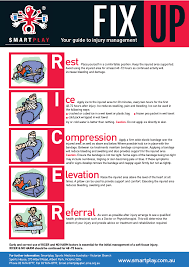

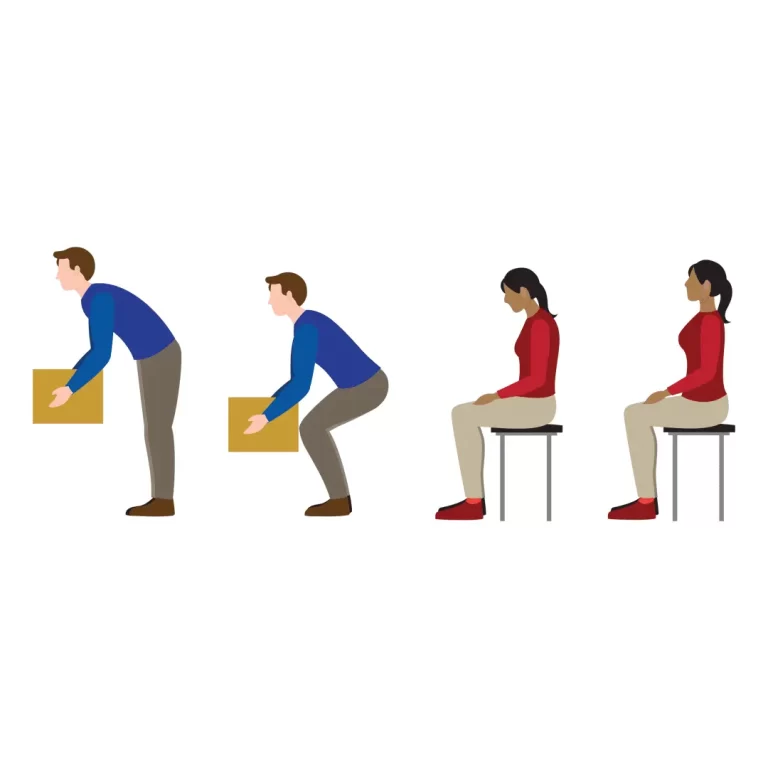

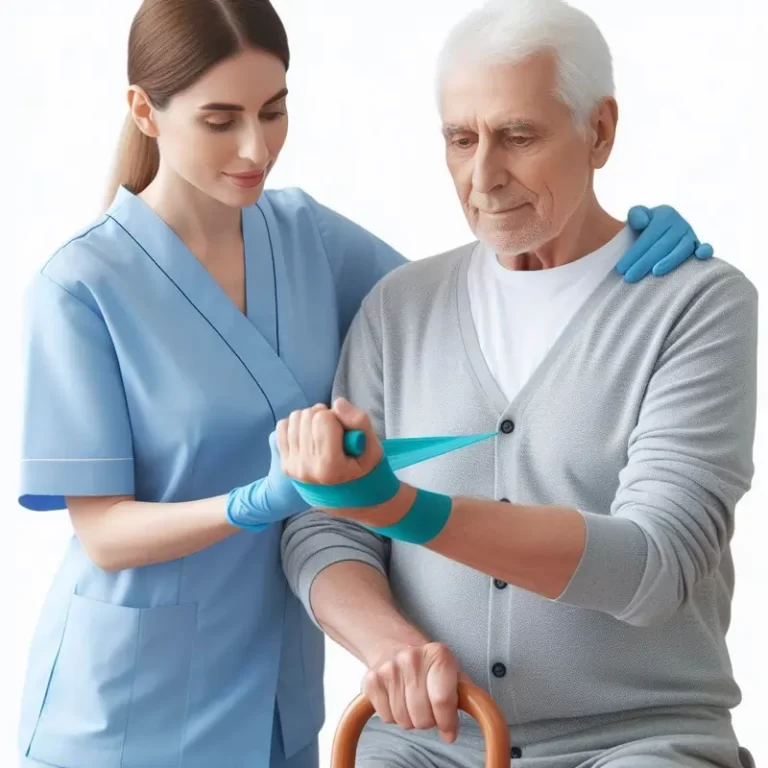
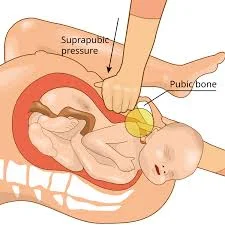
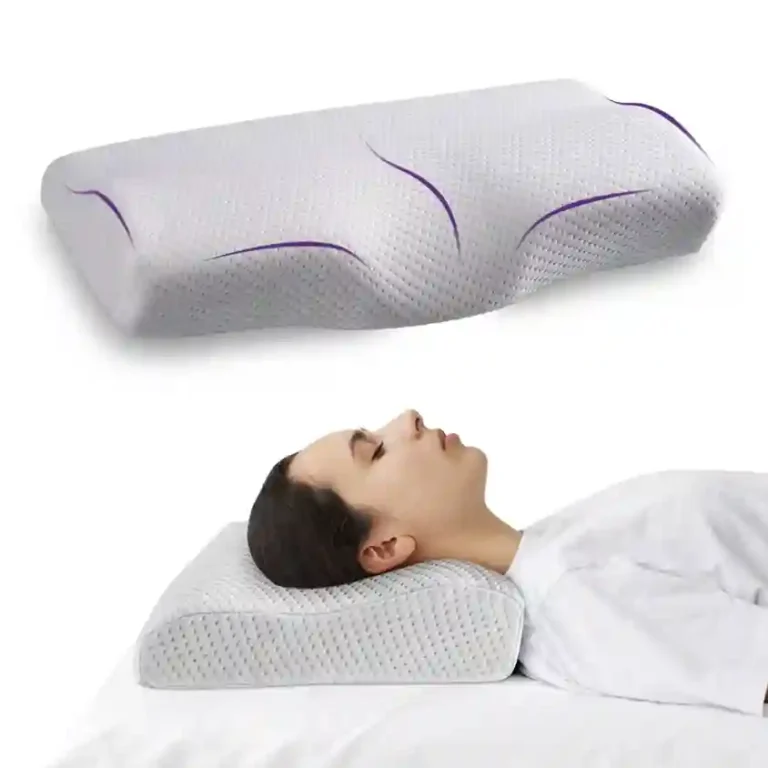
One Comment